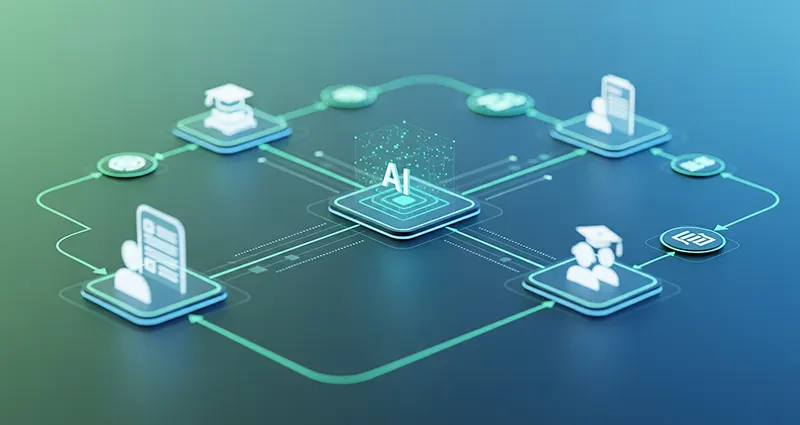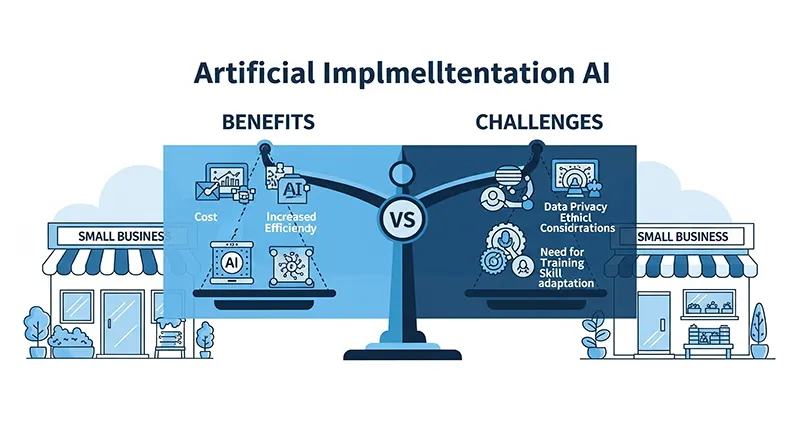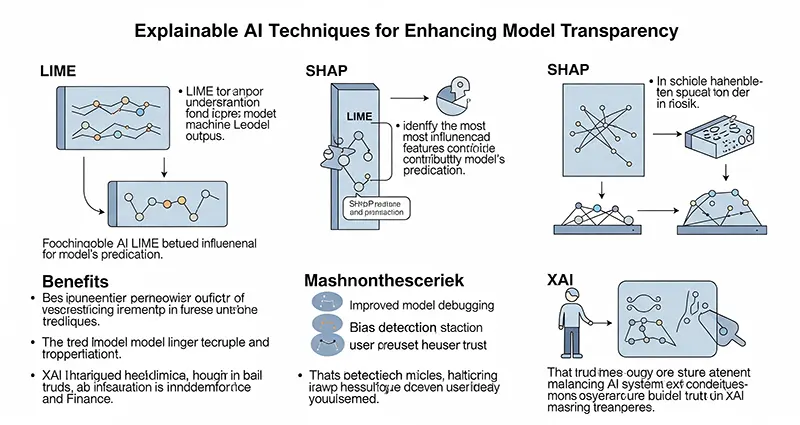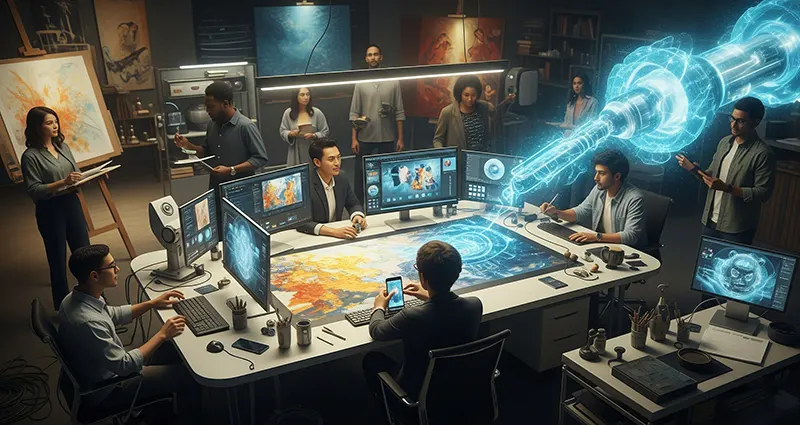The Role of Artificial Intelligence in Personalized Education Platforms
In recent years, the integration of artificial intelligence (AI) in educational technology has opened up new possibilities for personalized learning experiences. AI-powered educational platforms are revolutionizing traditional teaching methods by providing tailored content, adaptive learning paths, and intelligent feedback, thereby catering to the diverse needs and preferences of individual students. Let’s explore the evolving role of artificial intelligence in personalized education platforms and its potential to transform the future of learning.
Enabling Personalized Learning Experiences:
1. Adaptive Content Delivery:
AI algorithms analyze students’ learning patterns, preferences, and performance to deliver customized learning materials, resources, and activities that align with their individual knowledge levels and abilities.
2. Individualized Learning Paths:
AI-powered platforms create personalized learning paths for each student, offering targeted instruction, remediation, and enrichment activities based on their learning progress and areas of improvement.
3. Tailored Feedback and Assessment:
AI algorithms generate real-time, personalized feedback and assessment insights, enabling educators … Read the rest












